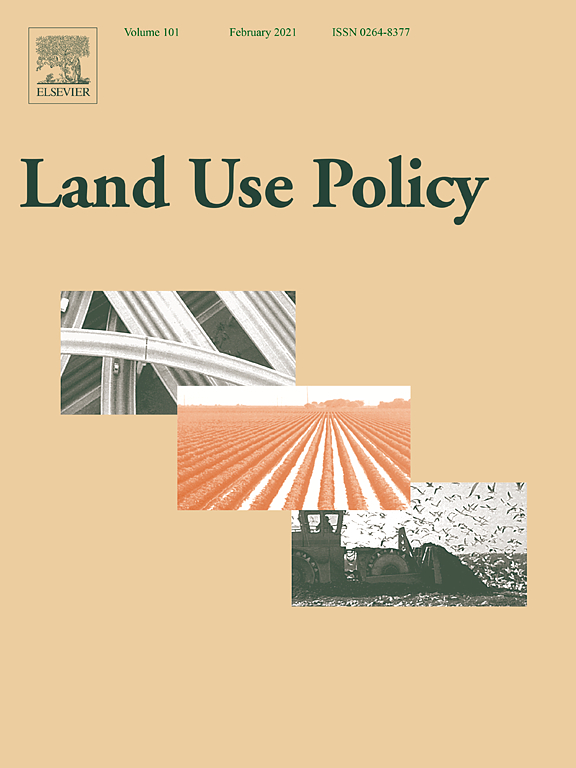Do farmers care about rented land? A multi-method study on land tenure and soil conservation
Does ownership status of agricultural land determine farmers’ soil use behaviour? Why (not)? We investigate this old question using multiple methods and data. We apply econometric analysis to plot-level data to determine whether planting decisions differ between rented and owned plots. In addition, we analyse interviews with Austrian farmers with the aim of explaining (a lack of) differences. We find a very small influence of tenancy on crop choice in the quantitative part of the study, and qualify these findings in the qualitative part.


